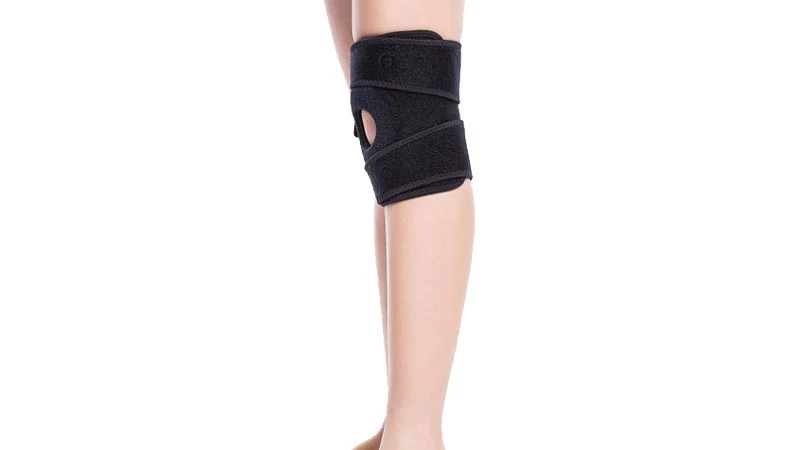How to Choose the Right Knee Brace for Your Activity
Selecting the right knee brace is crucial for ensuring optimal support and comfort during physical activities. With various types of knee braces available, it's important to choose one that matches your specific needs and the demands of your sport or exercise routine.
1. Determine Your Needs:
The first step in choosing a knee brace is identifying your primary goal. Are you looking for injury prevention, support during recovery, or pain relief? For example, if you're recovering from an ACL injury, a hinged knee brace with rigid supports may be ideal. For general support during activities like running or cycling, a compression sleeve might suffice.
2. Consider the Level of Support:
Different activities require different levels of support. High-impact sports like basketball or skiing demand braces with strong stabilization, such as prophylactic braces, which protect against ligament injuries. For low-impact activities like yoga or walking, a lightweight sleeve brace may be more appropriate.
3. Check the Fit:
A properly fitting knee brace is essential for effectiveness and comfort. Measure your knee circumference and refer to the manufacturer's sizing chart. A brace that's too tight can restrict movement, while one that's too loose won't provide adequate support. Adjustable straps can help achieve a secure fit.

4. Material Matters:
Look for breathable, moisture-wicking materials like neoprene or nylon to ensure comfort during prolonged use. These materials also provide compression without causing irritation or overheating.
5. Consult a Professional:
If you're unsure which knee brace is right for you, consult a physical therapist or orthopedic specialist. They can recommend a brace based on your specific condition, activity level, and goals.
By choosing the right knee brace, you can protect your knees, enhance your performance, and reduce the risk of injury. Whether you're an athlete or a fitness enthusiast, investing in the appropriate knee brace is a smart move for long-term joint health.
Previous: The Importance of Wearing Knee Braces During Sports
Next: No More



